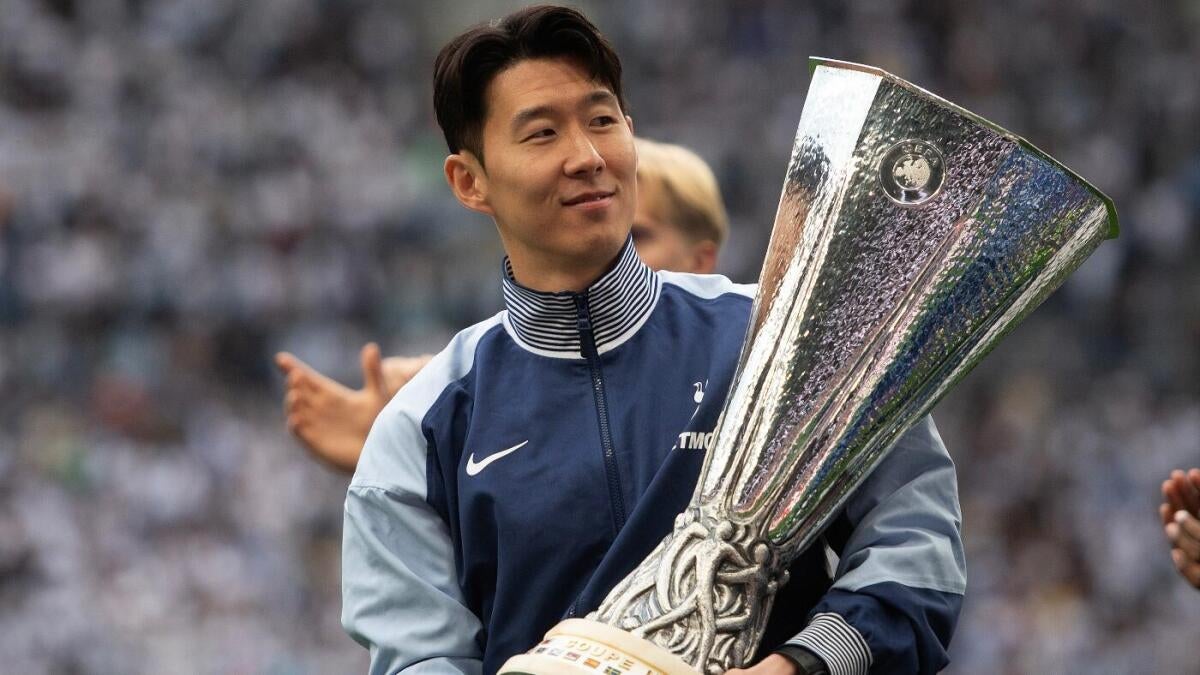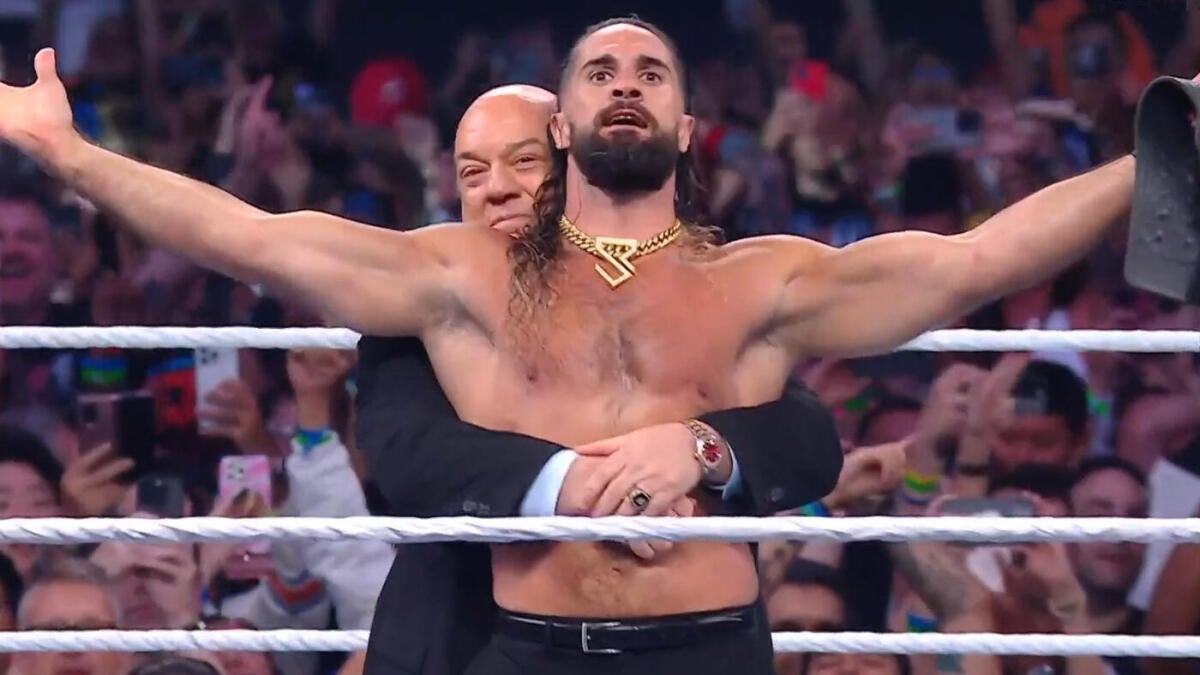The Detroit Tigers’ Strategic Move: Acquiring Chris Paddack Amidst Injury Challenges
Introduction: A Bold Move in a Crucial Season
The Detroit Tigers have always been a team that values both immediate impact and long-term vision. Their recent acquisition of right-handed pitcher Chris Paddack from the Minnesota Twins is a testament to this philosophy. This move, however, is not just about adding another arm to the rotation. It’s a calculated response to an unexpected setback—Reese Olson’s season-ending shoulder strain. The Tigers’ decision to acquire Paddack in the wake of Olson’s injury highlights their adaptability and strategic foresight, setting the stage for a compelling narrative in the 2025 MLB season.
Addressing the Immediate Need: A Necessary Response
The loss of Reese Olson was a significant blow to the Tigers’ pitching staff. Olson, a promising young starter, had been a key component of the rotation, and his absence left a void that needed to be filled immediately. The Tigers were already dealing with injuries to Alex Cobb, Sawyer Gipson-Long, and Jackson Jobe, making the situation even more precarious. In this context, the acquisition of Chris Paddack was not just a move but a necessity.
Paddack, despite his 4.95 ERA with the Twins, offered a viable solution. His experience and relative health made him an attractive option for a team in need of reliable innings. The Tigers’ decision to acquire Paddack demonstrates their ability to react swiftly to unforeseen circumstances. It’s a reminder that in baseball, as in life, adaptability is key to success.
Paddack’s Potential: Unlocking Hidden Value
While the immediate need was clear, the Tigers’ interest in Paddack likely extends beyond simply filling a roster spot. Paddack, once a highly touted prospect, possesses a repertoire that could make him a valuable asset in the right environment. His fastball-changeup combination has the potential to be effective, and a change of scenery might be just what he needs to unlock his full potential.
The Tigers’ coaching staff, known for their ability to develop pitching talent, will undoubtedly work with Paddack to refine his mechanics and approach. Perhaps a slight adjustment to his pitch mix or a renewed focus on command could help him lower his ERA and become a more consistent performer. This acquisition, therefore, represents not just a short-term fix but also a potential long-term investment.
The Ripple Effect: Impact on the Rotation and Beyond
The addition of Paddack has a cascading effect on the Tigers’ pitching staff. It not only fills the void left by Olson but also provides some much-needed flexibility. With Paddack in the fold, the Tigers can avoid rushing back injured starters like Cobb and Jobe, allowing them to fully recover and return at 100%. This cautious approach could prove crucial in the long run, preventing further injuries and ensuring the team has a healthy and effective pitching staff heading into the crucial late-season stretch.
Furthermore, the Paddack trade could influence the Tigers’ approach to the trade deadline. With a starting pitcher secured, they can now focus on addressing other areas of need, such as bolstering the bullpen or adding offensive firepower. This strategic allocation of resources demonstrates a clear understanding of the team’s strengths and weaknesses and a commitment to building a well-rounded roster.
Risks and Rewards: Weighing the Trade
As with any trade, the acquisition of Chris Paddack comes with both risks and rewards. Paddack’s inconsistent performance throughout his career is a legitimate concern. His ERA and WHIP (walks plus hits per inning pitched) have fluctuated, and he has struggled with injuries in the past. There’s no guarantee that he will be a significant upgrade over Olson or that he will be able to stay healthy for the remainder of the season.
However, the potential rewards are equally compelling. If Paddack can recapture his early-career form, he could become a valuable contributor to the Tigers’ rotation. His experience and veteran presence could also be beneficial to the team’s younger pitchers. Ultimately, the success of the trade will depend on Paddack’s performance on the field and his ability to adapt to his new environment.
The Broader Context: Tigers’ Playoff Aspirations
The Paddack trade must be viewed within the context of the Tigers’ overall goals for the 2025 season. Detroit is a team on the rise, with a young core of players and a promising farm system. After several years of rebuilding, the Tigers are now aiming to contend for a playoff spot.
Acquiring Paddack signals a willingness to be aggressive and to seize opportunities when they arise. It demonstrates that the Tigers are serious about competing and that they are willing to take calculated risks to improve their chances of success. Whether this move ultimately pays off remains to be seen, but it undoubtedly sends a message to the rest of the league that the Detroit Tigers are a team to be reckoned with.
A Glimpse into the Future
Beyond the immediate impact on the 2025 season, the Paddack trade also offers a glimpse into the Tigers’ long-term strategy. The acquisition of a veteran pitcher like Paddack suggests that the Tigers are prioritizing stability and experience as they continue to develop their young talent. By surrounding their prospects with proven performers, the Tigers hope to create a winning culture and accelerate their development.
This approach reflects a patient and measured approach to team building. The Tigers are not simply trying to win at all costs; they are focused on building a sustainable contender that can compete for years to come. The Paddack trade, therefore, is not just a short-term fix but also a strategic move that aligns with the Tigers’ long-term vision.
Conclusion: A Calculated Bet on the Future
The Detroit Tigers’ acquisition of Chris Paddack is a multifaceted move driven by both immediate need and long-term strategy. While Reese Olson’s unfortunate injury forced the Tigers to act quickly, the decision to acquire Paddack was not simply a knee-jerk reaction. It was a calculated bet on a player with untapped potential, a move that could bolster the team’s rotation, provide valuable experience to young pitchers, and ultimately contribute to the Tigers’ quest for a playoff berth. Only time will tell if this gamble pays off, but one thing is clear: the Detroit Tigers are not content to sit on the sidelines. They are actively pursuing opportunities to improve their team and compete for championships. The Paddack trade is a testament to that commitment, and it signals a bright future for baseball in the Motor City.











